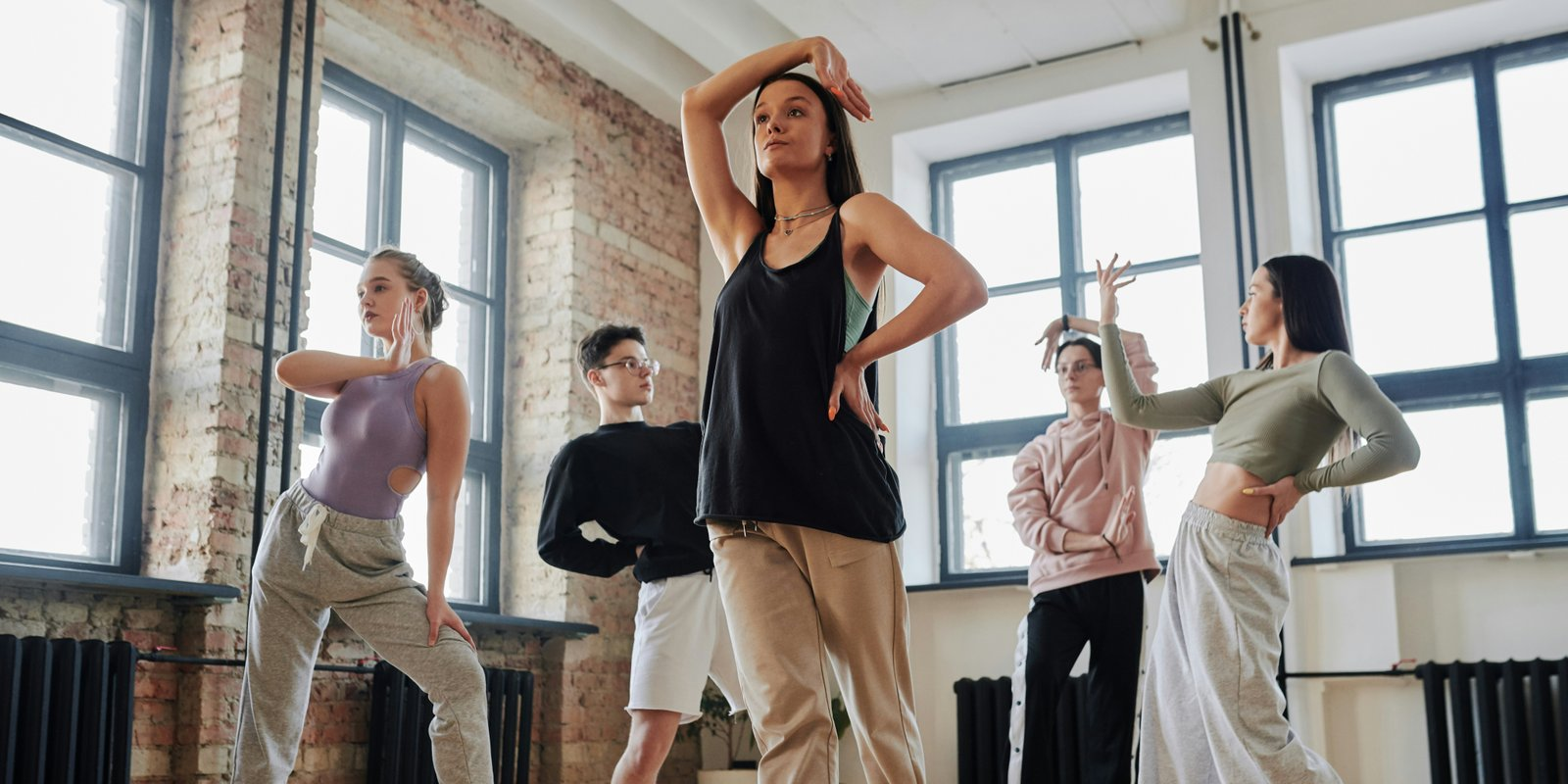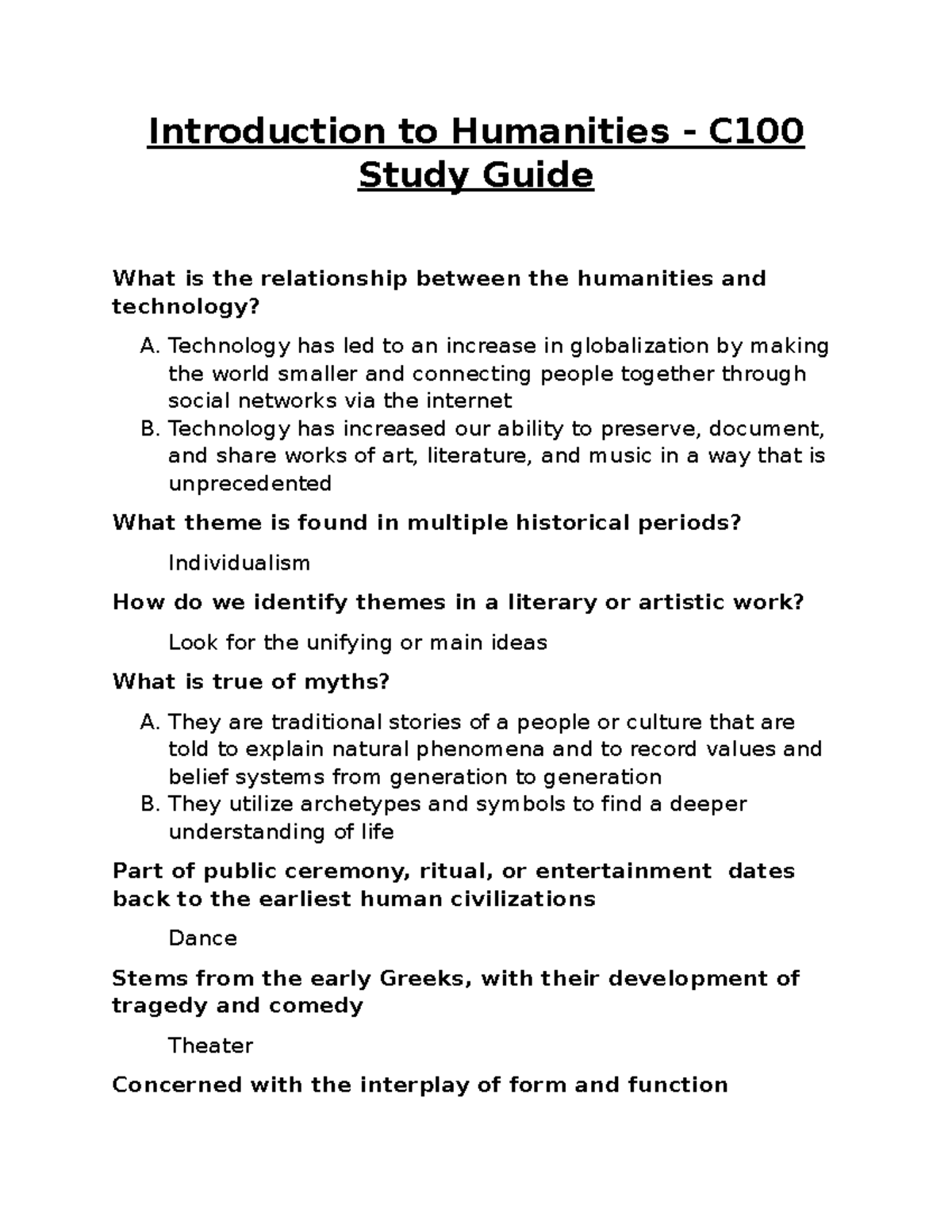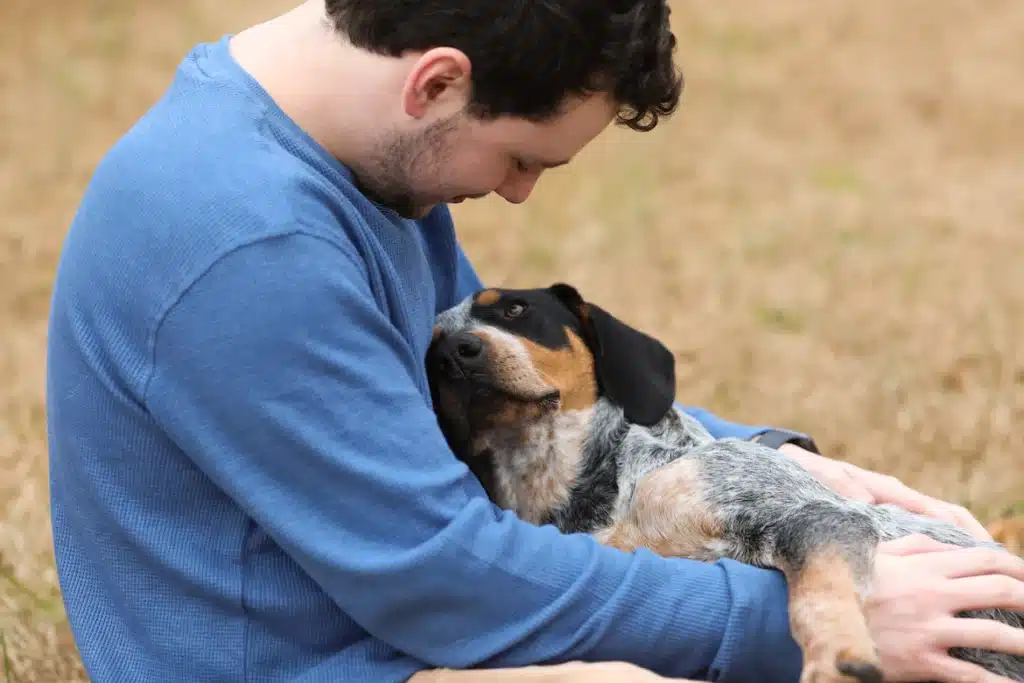Dance tips for self-expression are crucial for unlocking our inner selves and letting go of societal expectations. When we let go and dance like no one is watching, we tap into a powerful space that encourages creativity and authenticity. Whether through dance release techniques or spiritual dancing practices, the act of moving to music can be liberating and transformative. Embracing dance freedom allows us to express our emotions and stories vividly, offering an escape from daily pressures. So, if you’re ready to connect with your feelings and experience the joy of self-expression, remember that dancing is not just about technique; it’s about the journey within.
Exploring techniques for expressing oneself through movement can be incredibly enriching. Alternatives may include engaging in liberating styles that resonate with personal emotions, such as improvisational dancing or traditional cultural expressions like djine foly dance. These approaches encourage dancers to embrace their feelings while releasing inhibitions and connecting with their spiritual cores. The importance of movement as a form of emotional release cannot be understated, inviting individuals to celebrate their unique narratives. As you venture into the world of dance, remember that each step taken is a powerful affirmation of your existence and creative spirit.
Dance Tips for Self-Expression
To truly express oneself through dance, one must embrace the principle of dancing like no one is watching. This mindset liberates the dancer from the confines of judgment and expectations, allowing for genuine self-expression. In order to achieve this, begin by selecting music that resonates deeply with you. Let the rhythm and melody guide your movements rather than following choreographed steps. It’s important to remember that the essence of dance lies in moving freely, letting emotions flow through each movement. As you become more comfortable in your own skin, you might even find yourself experimenting with different styles, blending elements that feel true to who you are.
Another crucial tip for self-expression in dance is to use release techniques to free your body and mind. These techniques can range from simple stretches to more structured movement exercises that focus on relaxation. Allow your body to respond instinctively to the music, permitting yourself to feel the emotions it evokes. Remember, the goal is not to perform perfectly but to lose yourself in the moment. When you dance with intention—focusing on what you want to convey rather than how you look—you create a narrative that can resonate with others, making your dance both personal and relatable.
Exploring Dance Freedom in Spiritual Practices
Spiritual dancing practices like djine foly in Mali highlight the profound connection between movement and spiritual expression. This dance form serves as a conduit for reaching ecstatic states through rhythmic movements, allowing dancers to connect with spiritual guides or djinn. The sense of dance freedom experienced in these practices acts as a cathartic release of emotions, providing a path for transcending ordinary reality. By engaging in such spiritual dances, participants not only express their innermost feelings but also engage in communal experiences that strengthen cultural identities.
Moreover, embracing dance freedom encourages an open exploration of personal spirituality through movement. In various cultures, dance rituals are considered sacred, offering practitioners a chance to connect with a higher power or express their spiritual beliefs. For instance, the experience of dancing freely without inhibition can often lead to feelings similar to ‘catching the holy ghost’ within the Black community. Such moments not only promote individual well-being but foster a sense of belonging and shared understanding among dancers. By participating in these forms of dance, individuals can dive deep into their emotions and discover the power of movement as a spiritual practice.
Utilizing dance as a form of spiritual exploration also emphasizes the importance of community and shared experiences. Whether it’s in a class or during celebrations, people come together to express joy, sorrow, or gratitude through collective movement. Engaging in spiritual dancing practices reinforces relationships, builds trust, and encourages a culture of acceptance within the group. Hence, when we dance, we not only honor our physical selves but also pay tribute to our shared humanity and spirituality.
The Power of Dance Release Techniques
Dance release techniques are essential for anyone looking to enhance their expression on the dance floor. These techniques focus on unlocking physical and emotional blocks through movement, allowing dancers to experience true freedom. Techniques such as breath control, improvisation, and guided movements can empower individuals to explore their physical limits and emotional depths. By embracing this practice, you’ll find that your body not only becomes more fluid and expressive but also sheds the constraints of daily life, making space for creativity to flourish.
One effective way to implement dance release techniques is through structured improvisation. This practice encourages dancers to let go of preconceived notions of what dance should look like and instead focus on what their body wants to express in that moment. Whether it’s a simple sway or an explosive leap, allowing yourself to be guided by your body’s instincts can lead to profound and liberating experiences. It’s in these moments of unplanned movement that one can truly connect with the music and the deeper emotions within, paving the way for authentic self-expression.
Embracing the Joy of Dance Without Judgement
Embracing the joy of dance without judgment allows individuals to access a deeper connection to their own creativity. The mantra of dancing as if no one is watching creates a safe space where participants can explore their movements freely. This environment reduces the pressure of ‘performing’ and enables dancers to express raw emotions, whether they be joy, sadness, or excitement. The release of inhibitions is crucial in ensuring that every dancer discovers their unique style and voice, making the experience not only liberating but also immensely enjoyable.
Furthermore, this approach helps cultivate a culture of acceptance within the dance community. When individuals feel free to express themselves without fear of criticism, they are more likely to support and encourage one another. This sense of camaraderie fosters creativity and connection, allowing for spontaneous moments of collaboration and support among dancers. Ultimately, prioritizing the joy of movement over technical perfection cultivates a positive atmosphere, making the act of dancing a wonderful celebration of life and expression.
Movement as a Narrative: Telling Your Story Through Dance
Dance has the unique ability to serve as a narrative tool, enabling dancers to communicate their stories and emotions through movement. Just as a writer crafts a story, a dancer can weave together their experiences, struggles, and triumphs into expressive movements. This storytelling aspect of dance can be incredibly powerful, resonating with audiences on an emotional level. When dancers share their narratives through their bodies, they invite others to witness their journey, making the art form more relatable and impactful.
Moreover, using dance as a narrative tool encourages self-reflection and growth. As dancers take the time to express their inner thoughts and feelings through movement, they become more attuned to their emotional states and experiences. This process not only fosters personal development but also enhances the ability to connect with others. Audiences can often feel the authenticity behind these movements, leading to a shared emotional experience that transcends words. Ultimately, dance becomes a profound language of its own, capable of conveying messages that might otherwise remain unspoken.
Finding Freedom in Dance: A Relaxation Practice
Finding freedom through dance can additionally serve as an invaluable relaxation practice. In today’s fast-paced world, many individuals carry the weight of stress and responsibilities, causing them to feel disconnected from their authentic selves. Dance offers a delightful escape from these pressures, allowing for a moment to unwind and let go. By incorporating dance into one’s routine, individuals can engage in playful, unstructured movement, discovering joy in their bodies while alleviating stress. This feeling of liberation can often manifest physically and emotionally, leading to enhanced overall well-being.
In classes focused on release techniques, instructors often encourage participants to vocalize and freely express themselves. Shouting or making noise can release pent-up energies that might be keeping a dancer from feeling free. This tactic aligns seamlessly with the idea of ‘Ain’t nobody worried about whether you look good!’ It serves to emphasize that joy and liberation in dance trump the perfection that often hinders creative expression. By prioritizing freedom and relaxation in dance practices, practitioners find themselves inspired and rejuvenated, fully embracing the therapeutic power that movement holds.
Connecting Community Through Dance
Dance serves as a universal language that connects individuals across cultures and backgrounds. Through the act of dancing together, communities bond, share their traditions, and celebrate collective identities. Whether in formal events or informal gatherings, the act of dancing fosters a sense of belonging and connection. The thrill of moving in sync and enjoying the rhythm together breaks barriers and builds deeper communal ties, making dance a crucial part of cultural heritage.
In many cultures, traditional dances often encapsulate the stories and histories of a community, allowing younger generations to learn and appreciate their roots. Engaging in these communal practices creates opportunities for storytelling, understanding, and mutual respect. By sharing these dancing experiences, both traditional and contemporary, communities can celebrate their diversity while also fostering unity. When individuals come together with open hearts and minds, the transformative power of dance can shine through, solidifying connections and encouraging shared experiences.
Utilizing Dance as a Form of Therapy
The therapeutic benefits of dance have garnered considerable attention in recent years, with many individuals turning to movement as a way to heal. Dance therapy can provide a unique avenue for processing emotions and life experiences, enabling individuals to explore their feelings in a safe and supportive environment. By focusing on movement, participants often find it easier to express thoughts and feelings that may have previously felt too heavy to articulate. This approach highlights dance’s power as a healing tool that transcends verbal communication.
Furthermore, dance therapy offers participants an opportunity to reconnect with their bodies, promoting self-awareness and body positivity. As individuals express themselves through dance, they can cultivate a loving relationship with their physical selves, regardless of societal beauty standards. This powerful re-connection fosters confidence and a deeper understanding of one’s emotional landscape. In essence, dance serves as a powerful catalyst for personal transformation, providing individuals with the tools needed to navigate life’s ebbs and flows, ultimately leading to a more balanced and fulfilling life.
Frequently Asked Questions
What are some effective dance tips for self-expression to help me dance like no one is watching?
To dance like no one is watching, focus on letting go of your fears and insecurities. Embrace your body’s movements and allow yourself to express emotions freely. Consider using dance release techniques, which involve improvisation and spontaneous movement to connect with your inner self. Remember, dance is a personal expression; the more authentic you are, the more liberating your experience will be.
How can spiritual dancing practices enhance my self-expression in dance?
Engaging in spiritual dancing practices can significantly enhance your self-expression. These practices, such as djine foly, allow you to tap into deeper emotional and spiritual states, enabling you to express feelings that words cannot convey. By moving rhythmically and consciously, you can access a trance-like state that fosters profound personal connection, ultimately freeing your expressive capabilities.
What is dance freedom and how can it improve my ability to express myself through dance?
Dance freedom is the concept of allowing oneself to move uninhibitedly, regardless of technical skills or external judgment. By embracing dance freedom, you let go of self-criticism and societal expectations, which can enrich your self-expression. Engaging in this liberating mindset invites you to explore your emotions freely through movement, leading to a more authentic and fulfilling dance experience.
How do dance release techniques support self-expression in dance?
Dance release techniques focus on letting go of tension and preconceived notions about dancing. Techniques like improvisation and guided movements encourage dancers to express their innermost feelings naturally. This process allows for emotional catharsis, helping you unlock a wealth of expressive potential. By implementing these techniques, you can break through barriers that hinder authentic self-expression in dance.
Can you explain the concept of djine foly and its role in self-expression through dance?
Djine foly is a Malian spiritual dance practice that emphasizes connecting with one’s inner djinn or spirit. This practice invites dancers to enter a trance-like state, encouraging ecstatic movement and emotional release. Through djine foly, individuals can express complex emotions and spiritual experiences, transforming dance into a profound medium for self-expression and personal exploration.
What mindset should I adopt to dance like no one is watching for better self-expression?
Adopt a mindset of freedom and openness. Allow yourself to feel without overthinking your movements; remember that the essence of dance is to express, not impress. Embrace the idea that no one’s judgment matters, and focus on connecting with your body and emotions. This liberating mindset will help you express yourself authentically through dance, insightful of dance release techniques.
How does engaging in dance help with emotional release and self-expression?
Engaging in dance serves as a powerful tool for emotional release, allowing you to express feelings that may be difficult to articulate verbally. The rhythmic movements can facilitate catharsis, helping you to alleviate stress and connect with your inner self. By unwinding through dance—whether through freeform movement or structured dance release techniques—you can experience profound transformations in self-expression and emotional health.
| Key Points | Description |
|---|---|
| Choreographer Insights | Jeffrey L. Page discusses the importance of expression in dance. |
| Emotional Connection | Dance is a means to express hidden emotions and stories. |
| Cultural Practices | Djine foly emphasizes spiritual dance in Malian culture. |
| Freedom in Dance | Encouragement to release self-consciousness and simply dance. |
Summary
Dance tips for self-expression remind us that the act of dancing is not just about appearance; it’s a powerful form of personal and emotional release. Jeffrey L. Page emphasizes the importance of shedding inhibitions to unlock the fullness of our feelings through movement. The deeper connection to cultural practices, like the Malian djine foly, enriches this expression, allowing dancers to tap into a trance-like state that brings forth profound spiritual experiences. Remember, when you dance, it’s about communicating your innermost story, so let go, embrace your unique style, and dance like everyone is watching!



